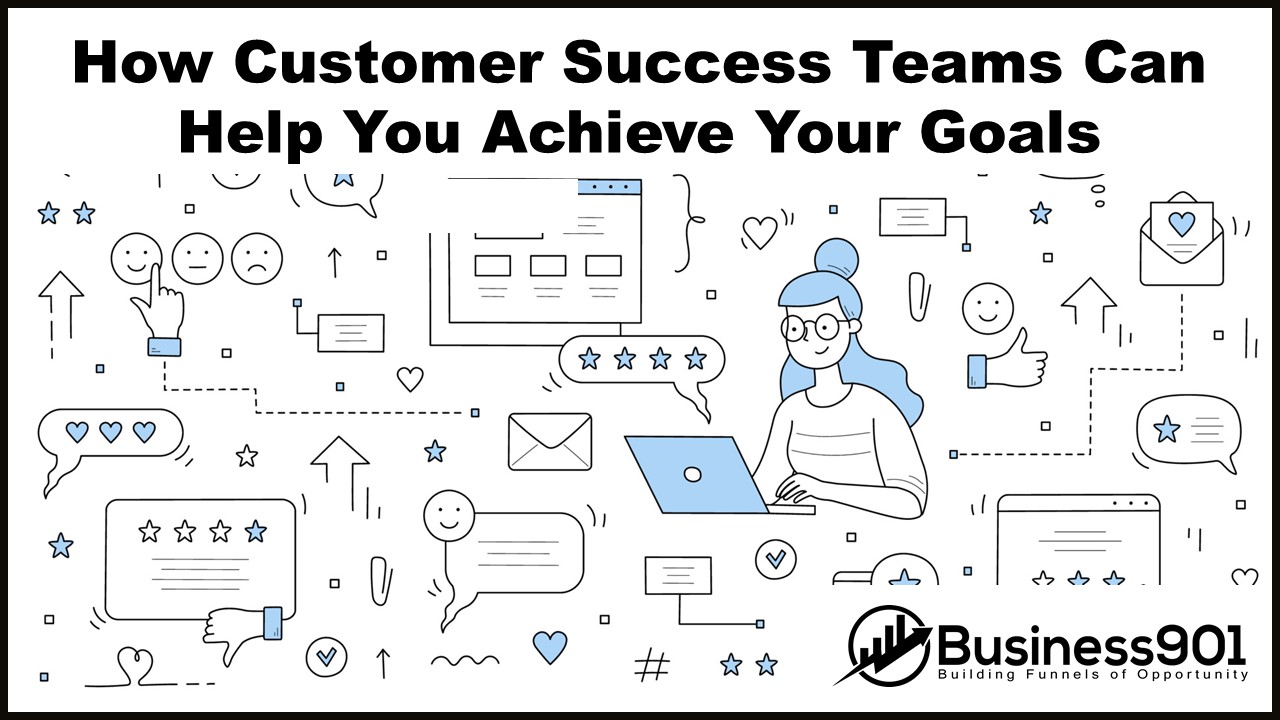In software, users never really “quit” an app; they simply become inactive. This is why onboarding and user success are so crucial to the long-term success of your business. A recent study found that the average user will only return to your app nine times before giving up on it for good. That is a shockingly small number when you consider how many businesses now offer their services solely through an app or website. You are almost guaranteed to lose users unless you implement a user onboarding and user success strategy as soon as possible. Onboarding and user success strategies can also help you reduce your customer loss rate, increasing your customer retention rate.
What is User Success? User success is the process by which customer success teams help you retain and increase customer revenue throughout the lifetime of your product by empowering customers to become self-sufficient and make the most out of your service. This will allow you to focus more on growing your business and less on resolving issues. When customers are successful with your product, they are more likely to refer it to others, bringing new customers to your business. User success is crucial to your product management strategy and can help you achieve your short- and long-term business goals. User onboarding and user success are two central aspects of the customer success process. The purpose of onboarding is to get new customers up and running as quickly as possible, so they feel comfortable using the product. The goal of user success is to help customers become self-sufficient and benefit from the product long-term. A successful customer onboarding experience will lead to a successful user onboarding experience, which is crucial for customer retention. Customers can stay with your product for as long as they like.
Defining User Onboarding: User onboarding is introducing new users to your product. It is a critical step in the customer success process because a positive onboarding experience is essential for retaining new users. A negative onboarding experience can drive customers away and increase your product churn rate. For example, a negative onboarding experience can be as simple as failing to introduce new users to your product. The goal of user onboarding is to get new customers up and running with your product as quickly as possible so that they feel comfortable using it. This will also help you collect user data and identify areas for improvement to create an even better onboarding experience for future customers.
5 Strategies to Create a Robust User Onboarding and User Success Culture
- Define your success metrics: Before you can create a robust user onboarding and user success culture, you must first define your success metrics. Success metrics are goals that you have set for your business. For example, you may want to increase your monthly revenue by 10% in six months. Once you have defined your success metrics, you can use that information to help you improve your user onboarding and user success strategies.
- Invest in the right tools: Tools can help improve user onboarding and success strategies. For example, you can use a CRM to track customer data and create user onboarding and success strategies.
- It is important to hire the right people for your team. User onboarding and success strategies depend on the skills of your team members.
- Keep user onboarding and user success top of mind: You cannot simply hire people and invest in the right tools and expect your user onboarding and user success strategies to improve magically. You must always keep these strategies top of mind to improve them. This can be done through regular check-ins, training sessions, and more.
- Create a positive environment – You cannot just implement new user onboarding and user success strategies and expect them to improve your business. You must also create a positive environment for them to thrive.
What is the Role of a Customer Success Manager? A customer success manager (CSM) is responsible for improving customer relationships, maximizing customer lifetime value, and reducing churn rates. The CSM is your go-to person for customer onboarding and user success, including managing the customer onboarding process, identifying areas for improvement, and ensuring that customers receive the level of service they deserve. A good CSM will also work with your sales team to help them identify potential customers and close more deals.
What are the roles of the Customer Success Team? The customer success team is charged with improving customer relationships, maximizing customer lifetime value, and reducing churn rates. The positions in your customer success team will vary slightly depending on the size of your business. For example, you can expect your team to consist of the following roles:
- Customer Success Manager: This person is responsible for improving your customer relationships, maximizing customer lifetime value, and reducing churn rates.
- Customer Success Engineer: This engineer is responsible for improving user onboarding and experience.
- Customer Success Analyst: This analyst oversees customer data and works closely with the CSM to identify areas for improvement.
- Customer Success Trainer: This person provides training to your business team, including sales and marketing, on how to close more deals and increase retention rates.
Onboarding and user success are crucial to the long-term success of your business. A recent study found that the average user will only return to your app nine times before giving up on it for good. That is a shockingly small number when you consider how many businesses now offer their services solely through an app or website. A positive onboarding experience will lead to a positive user onboarding experience, which is crucial for customer retention. User onboarding and user success strategies can help you reduce your customer acquisition costs by increasing the efficiency of your marketing and sales team. They can also help you reduce your customer loss rate, increasing your customer retention rate. This can also increase your customer lifetime value by making your product more appealing to new customers.

